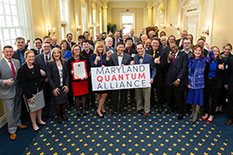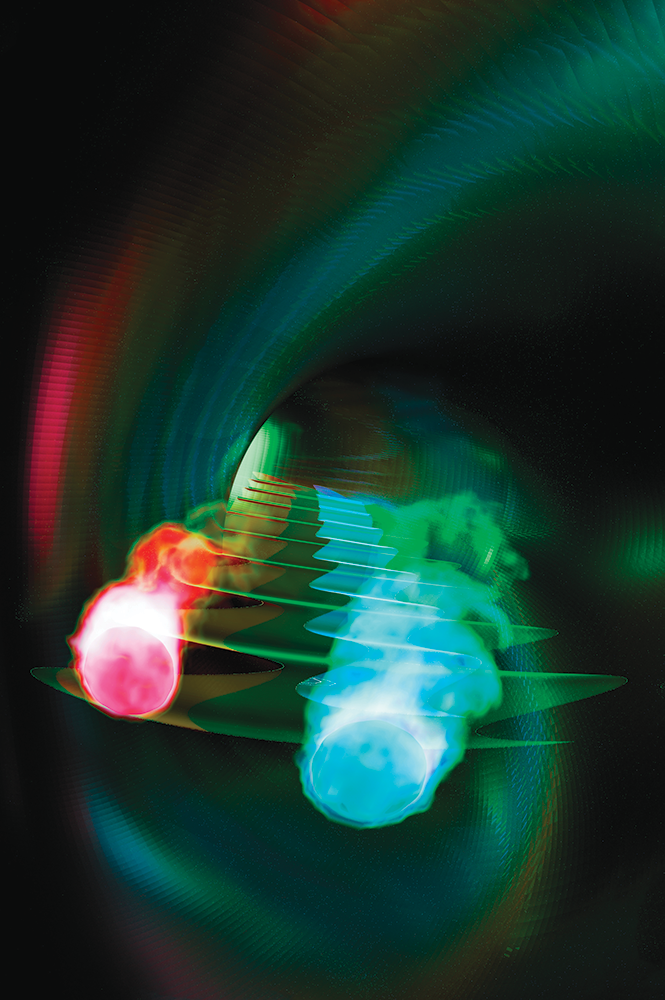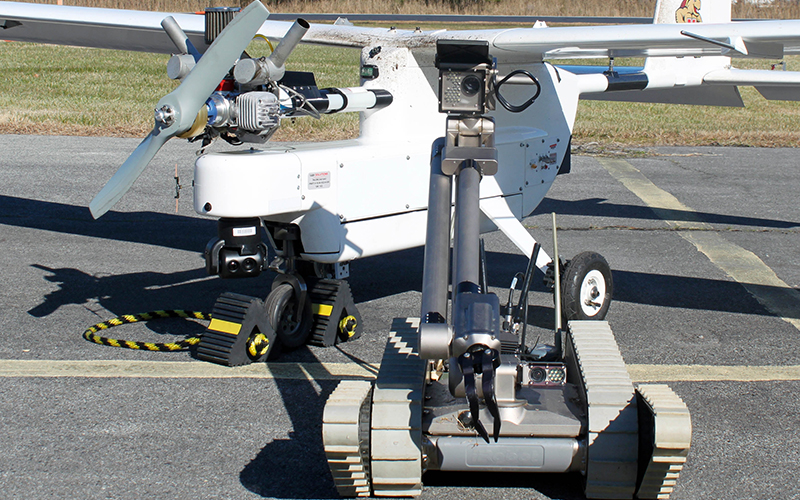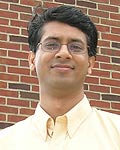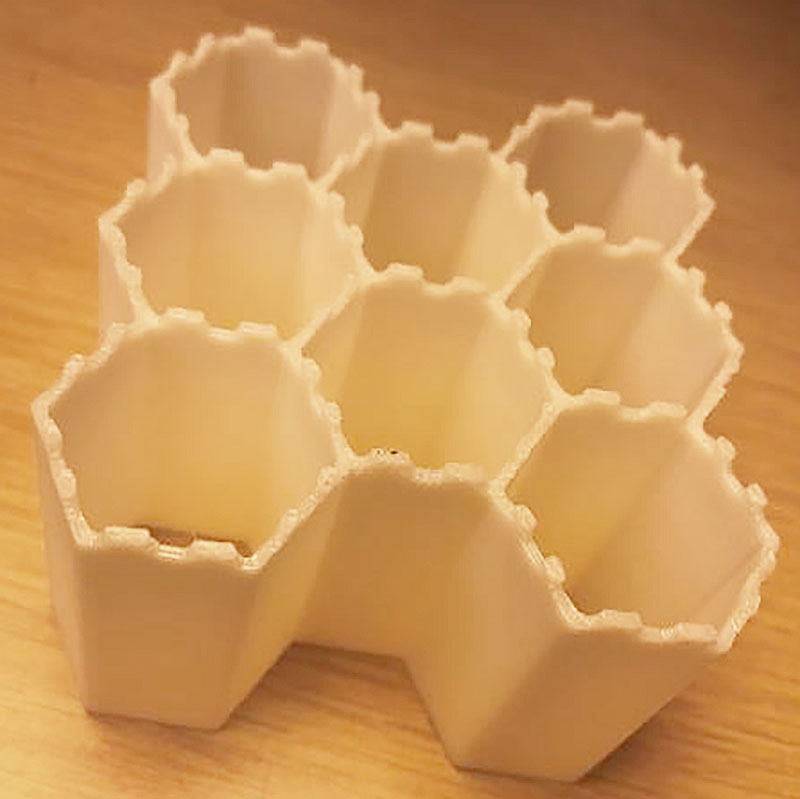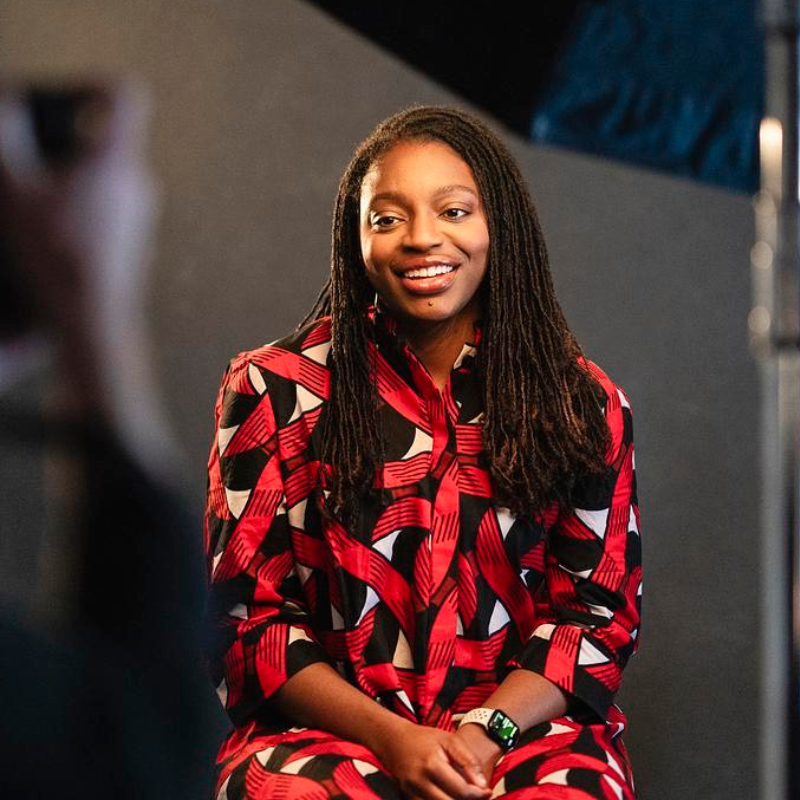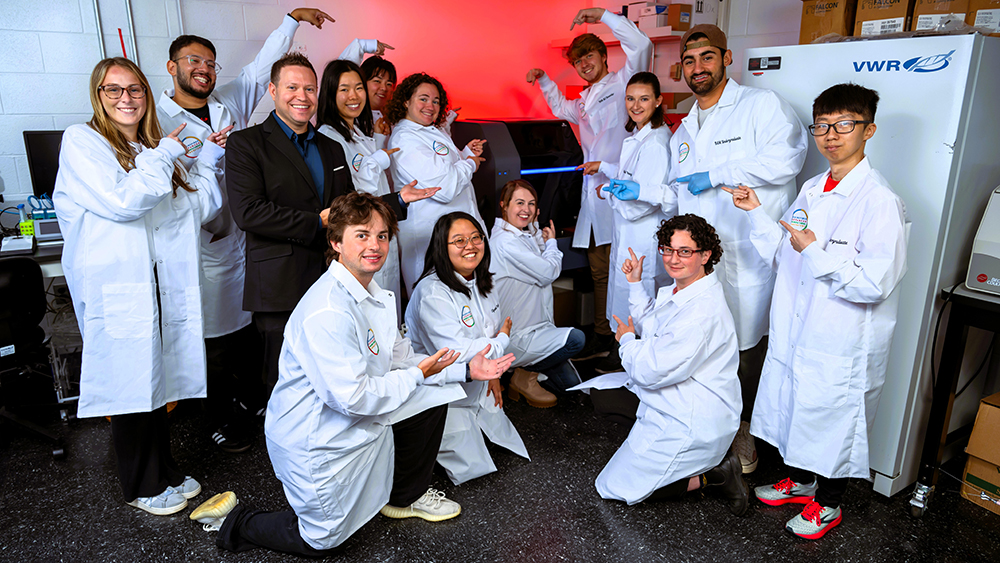News Story
Delivering on Quantum Innovation

The new Quantum Technology Center will translate quantum science to the marketplace.
The University of Maryland (UMD) has announced the launch of the Quantum Technology Center (QTC), which aims to translate quantum physics research into innovative technologies.
The center will capitalize on the university’s strong research programs and partnerships in quantum science and systems engineering, and pursue collaborations with industry and government labs to help take promising quantum advances from the lab to the marketplace. QTC will also train students in the development and application of quantum technologies to produce a workforce educated in quantum-related engineering.
The launch of QTC comes at a pivotal time when quantum science research is expanding beyond physics into materials science, engineering, computer science, chemistry, and biology. Scientists across these disciplines are looking for ways to exploit quantum physics to build powerful computers, develop secure communication networks, and improve sensing and imaging capabilities. In the future, quantum technology could also impact fields such as artificial intelligence, energy, and medicine.
Fearless vision
The rules of quantum physics cover the shockingly strange behaviors of atoms and smaller particles. Technologies based on the first century of quantum physics research are close at hand in your daily life—in your smartphone’s billions of transistors and GPS navigation, for instance.
Today more radical quantum technologies are moving toward commercial reality.
UMD has long been a powerhouse in quantum research and is now accelerating this trend with the launch of QTC. Founded jointly by UMD’s A. James Clark School of Engineering and College of Computer, Mathematical, and Natural Sciences, QTC will translate quantum science to the marketplace.
“QTC will be a community that brings together different types of people and ideas to create new quantum technologies and train a new generation of quantum workforce,” says QTC founding Director Ronald Walsworth. “UMD will focus on developing these technologies in the early stages, and then translating them out to the wider world with diverse partners.”
Like UMD’s existing quantum research programs, QTC is expected to draw strong sponsorship from federal research agencies. National support for quantum research is on the upswing—most notably evidenced by the National Quantum Initiative, signed into law in December 2018, which authorizes $1.275 billion over five years for research.
Quantum research on the rise
UMD already hosts more than 200 researchers in quantum science, one of the greatest concentrations in the world. Much of the effort has been led by the Joint Quantum Institute (JQI) and Joint Center for Quantum Information and Computer Science (QuICS), both partnerships between UMD and the National Institute of Standards and Technology. JQI and QuICS support many projects that cross boundaries in research disciplines and organizations; this trend will only increase with QTC on campus.
One prime example of constructively blurred lines comes from the research of Distinguished University Professor Chris Monroe. An international leader in isolating individual atoms for quantum computing and simulation, Monroe is a member of all three centers, and well-positioned to tap into the expertise of researchers in related disciplines.
Professor Edo Waks and Associate Professor Mohammad Hafezi, both members of QTC and JQI, are also among the UMD researchers helping to form the next revolution of quantum research with groundbreaking work on devices for quantum information processing and quantum networks.
In one effort, Waks demonstrated the first single-photon transistor using a semiconductor chip. The device is compact; roughly one million of these new transistors could fit inside a single grain of salt. It is also fast and able to process 10 billion photonic qubits every second.
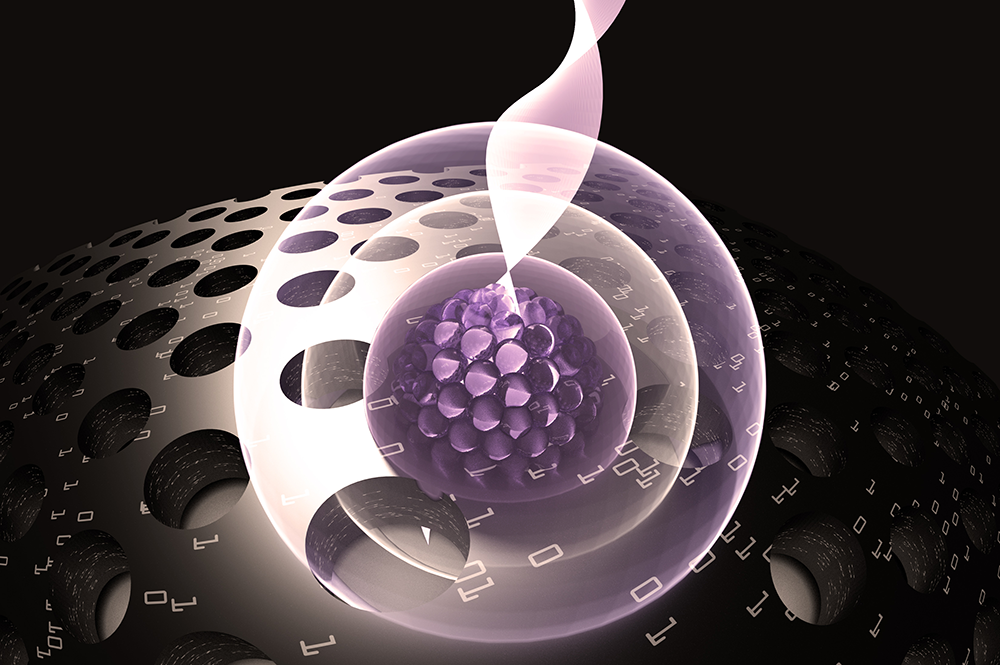
“Using our transistor, we should be able to perform quantum gates between photons,” says Waks. “Software running on a quantum computer would use a series of such operations to attain exponential speedup for certain computational problems.”
Hafezi studies the fundamental behaviors of light–matter interactions down to the single-photon level. He created the first silicon chip that can reliably constrain light to its four corners. The effect, which arises from interfering optical pathways, could eventually enable the creation of robust sources of quantum light.
“We have been developing integrated silicon photonic systems to realize ideas derived from topology in a physical system,” Hafezi says. “The fact that we use components compatible with current technology means that, if these systems are robust, they could possibly be translated into immediate applications.”
Grounding a quantum community
“QTC will be a crucible for quantum science and engineering,” says Walsworth, a leader in quantum sensing who was recruited from Harvard University to lead the new center. “We’ll be building bridges between people, between sectors, between theories and technologies. There’s a kind of hunger for a community that pulls people together to pool information and find ways to overcome challenges in this exciting new area.”
According to Clark School Dean and Farvardin Professor Darryll Pines, UMD’s hiring of Walsworth signals an important next step in bringing engineering solutions to the forefront. “He’s the perfect representative to bridge the gap between physics and engineering, because he's already been doing that himself,” says Pines.
In addition to his broad range of research accomplishments, Walsworth has acted as an advisor for corporations and co-founded two companies based in part on his lab’s work. Quantum Diamond Technologies is developing applications in medical diagnostics for quantum measurement technologies that can be generated at room temperatures in synthetic diamonds. Hyperfine Research is creating low-cost portable MRI machines.
“If you really want a new community of technology to flourish, you’ve got to have the applications right,” Walsworth adds. “You've got to be solving someone's problems. Some people are busy building their technologies, but they don’t always know what the technologies are good for. Other people are out there complaining about how they can't solve their problems, but they don't know what technology exists that might help.”
Making the match will require QTC researchers to seek out groups across and outside the university to talk about actual challenges where quantum technology might help.
“From a United States perspective, this is a big deal,” he says. “Quantum is one of those areas that requires enormous investment from the federal government, to advance our knowledge in this space. We hope this leads to opportunities that translate to real products with positive impact for people, society, and the U.S. economy.”
Published September 8, 2019

